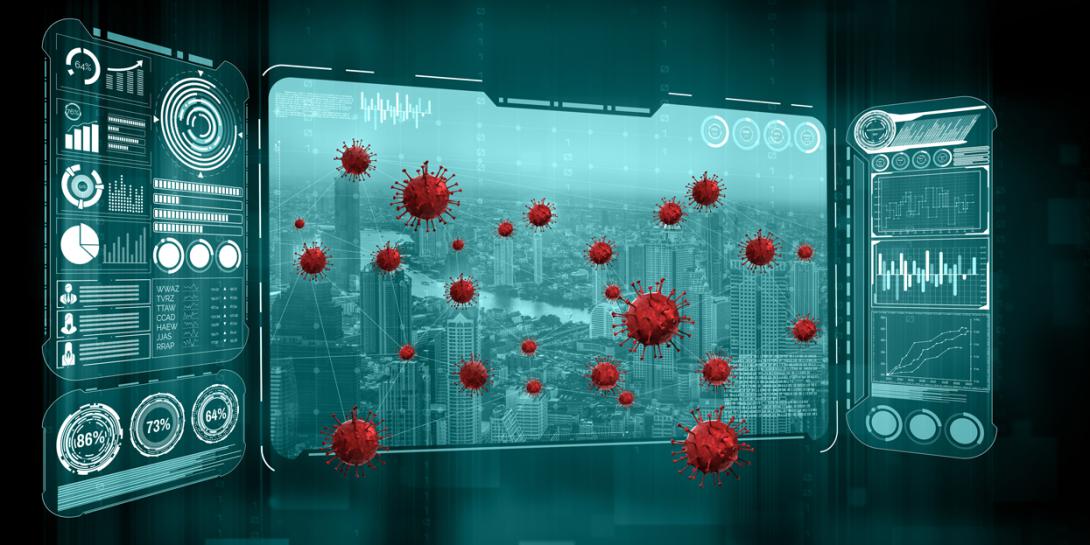Coronavirus Arms Military With Needed Tools
As the military girds for a battlespace environment flush with big data, the COVID-19 coronavirus is forcing governments to adopt actions that can be applied to that requirement. Efforts underway to combat the virus are showing the way to data networking that can serve burgeoning civilian and military needs.
Just how these efforts constitute an exercise in synchronicity was explained by Terry Halvorsen, CIO/EVP, IT Mobile with Samsung Electronics. Speaking at the AFCEA Europe Joint Support and Enabling Command (JSEC) virtual event in late September, Halvorsen described how combating the coronavirus has taken on warlike aspects that can be extended across the information technology spectrum.
“COVID has been a terrible crisis,” Halvorsen stated. “It’s inflicted great personal and economic damage across the world.
“It’s very similar to war in many of its characteristics,” he continued. “And like a war, it’s going to force us to change and adapt.”
He pointed out that COVID has created an environment that accepts change and greater risks, and it has caused governments to make available more resources. These resources include new technology to move, secure and filter vast amounts of data. This capability is essential to beating COVID, he said, and it also is going to be essential to winning the next battlefield conflict.
The very actions needed to fight the virus—timing and tracing cases, identifying its movement, defining its nature and sharing information with governments—applies to military operations too. Halvorsen suggested replacing pandemic words with their military equivalents, and the analogy becomes clear. The ability to exploit this vital data will be essential in the front line and the rear areas.
And these capabilities should be applied to other crises as well, including natural disasters. Government and industry must work together to extrapolate processes and technologies needed to defeat COVID, and this includes pushing acquisition boundaries, he declared.
For both battles, one technology that will be key is 5G, he stated. However, that is conditional. “I’m going to tell you, and I’m going to argue, it’s the 5G ecosystem. What’s in the 5G ecosystem? The basis for the system, the control plane is the 5G network.
“5G networks, however, by themselves, don’t bring the value and the solutions we need in combat,” he warranted. “We still need all the other Gs—4G, 3G, 2G. We’re going to need HF [high frequency] and SATCOM.”
He called for better ways of controlling and integrating communications pathways and optimizing networks more effectively and efficiently. This is vital given “the tsunami of data that we’re going to unleash,” and 5G begins to provide that network, he added. It will bring capabilities that match those and other needs that are emerging.
Providing an integrated 5G network with good edge data storage will help serve military information needs. And, this approach can enable sensor networks that will empower robots and drones for both military and civilian use, including medical applications that allow doctors to treat patients remotely.
This system is on the cusp of being built. “The technology’s here, the environment’s right, the resources are mostly available and, due to our experience with the pandemic, the mindset for aggressive rather than incremental change is here,” Halvorsen stated.
“The status quo is more open to change than ever.”





Comments